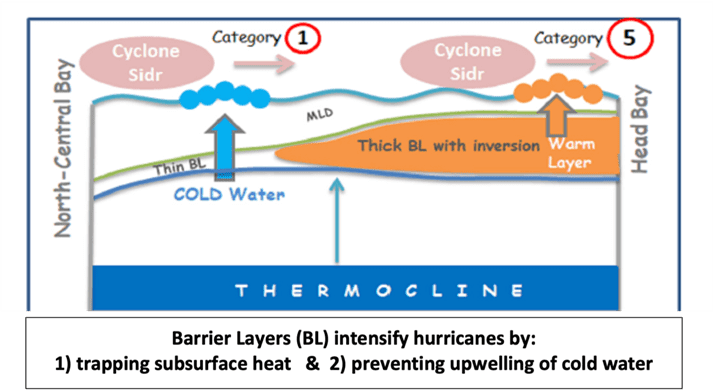Surface temperatures measured where people live show there’s as much cold as there ‘s warmth, see temperature.global.com.
Christian Freuer’s Cold Report (EIKE)
and Electroverse.com
Snowpack extent in US reaches record levels!
America’s first Arctic air blast of the season broke hundreds of low temperature records and led to the largest snowpack extent there in early November in NOAA records.
A high snowpack blanketed the Rocky Mountains, northern Plains, Great Lakes and northern New England, resulting in 17.9% of the Lower 48 under a blanket of snow as the calendar turned to November – a new record in the books dating back to 2003.
Many places recorded their snowiest Halloweens ever.
At 22 inches, Muskegon, MI, not only recorded the snowiest Halloween ever, but also the snowiest October day and month. Glasgow, MT, recorded the snowiest start to the season with 36 inches.
The cold broke hundreds of low temperature records across the country, from Texas to Maine, dropping the average temperature in the Lower 48 to -0.5°C – more than 5 degrees Celsius below normal.
Historic November cold grips Argentina, Australia
A late cold spell has hit large parts of South America, especially Argentina. The country recorded the lowest November temperatures since records began.
A number of records for highs and lows have fallen. New lows include the 0.1°C at Córdoba Airport, which broke the record of 2°C set on November 4, 1992, the 1.6°C in Chamical, which broke the record of 4.5°C set on November 9, 2010, and the 2.8°C in Mendova, which beat the 3.2°C set in 1992.
New lows include Gualeguaychú’s 13.8°C, which broke the old record set in 1992, and Paraná’s 13.5°C, which beat the record set in 1936.
The cold was severe, up to 24 degrees Celsius below normal, and it was also widespread, affecting most of Argentina:
…






